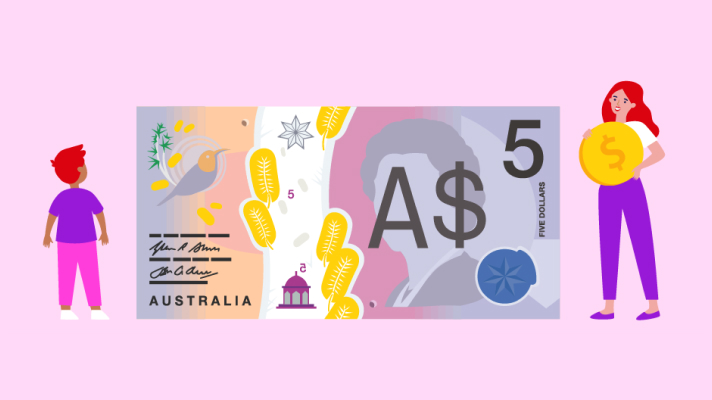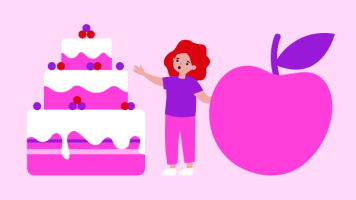What is money?
Where does money come from? And why do we need it? Learn all about the different kinds of money that people first used to buy things. Then take our fun quiz!
What we'll teach you
- What do we use money for?
- What were the first types of money?
- Where does money come from today?
- What are the different ways we can pay for things today?
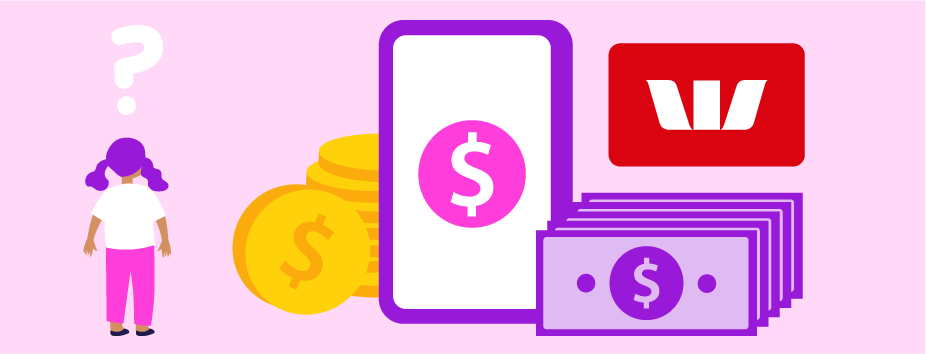
Why do we use money?
Things we need and want like food, clothes, toys, and haircuts are not free. We need to pay for these items and services.
Thousands of years ago people traded to pay. Just imagine ... You could have traded a dog wash for a room clean, or a basket of apples for a pet cat!
To trade, people needed to know how much things were worth.
How many apples are worth the same as one cat?
It was tricky to decide, and people didn’t always agree. Plus, it was not easy to carry all of those fruits and animals everywhere!
Money is easy to carry, and it has a value that we all agree on
Money makes it simple to buy and sell things. We set a price for items and services we are selling. And, when we are buying them, we need to have the right amount of money to pay.
Today, money is small enough to put in our bags or pockets.
The first money was from nature
People used feathers, stones, shells, and even whale teeth!
But these items could easily break. There was also no way to tell if one stone was an official money stone, or just a regular stone.
In the 7th Century BCE, people in Turkey made metal coins. These lasted longer than natural coins, had the same shape, and were harder to copy.
But it got very heavy if you needed a lot of these metal coins.
In the 7th Century CE, people in China started using notes of paper money.
Paper is lighter, but it doesn’t last as long as metal coins. That’s why people use both coins and notes today.
Where does money come from now?
The Royal Australian Mint makes Australian coins, and the Reserve Bank of Australia prints Australian notes.
Australian coins are made from metals such as copper, aluminium, and nickel. They last for about 30 years.
Australian notes are printed on a thin sheet of polymer plastic, which is stronger than paper. They last for around two to 10 years.
How do we pay for things?
We can use coins and notes.
We can also deposit our coins and notes at a bank branch. When our money is in the bank we can access it through our phones, a website, or with a bank card or in a branch.
Here are some of the ways we can use our money to pay for things:
- Coins and notes
- Bank cards connected to your bank account
- Phones, tablets and computers connected to your bank card or bank account
How money has changed

Early forms of money
Came from nature, and included shells, stones and even teeth!
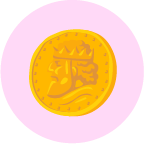
7th Century BCE
First metal coins
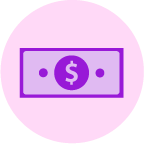
7th Century CE
First paper notes
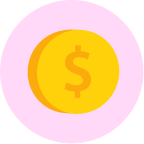
1910
Australia’s first coins and notes

1974
Australia’s first bank card
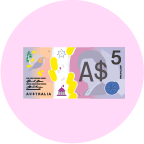
1988
Australia’s first polymer notes
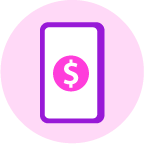
Today
When our money is in the bank we can access it through a bank card, our phones, a website or in a branch
Quiz time: Which of these can we pay with today?
Guess on your own, then scroll down for the answers.
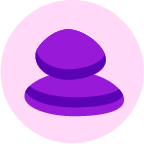
Stones

Coins

Dogs

Notes
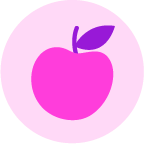
Fruits

Phones

Bank Cards
Answers: Coins and notes, phone, bank card
